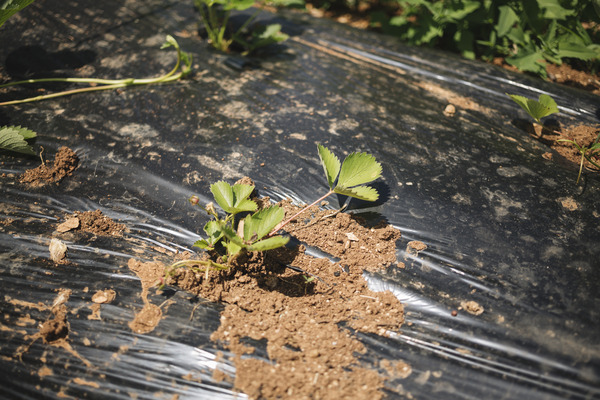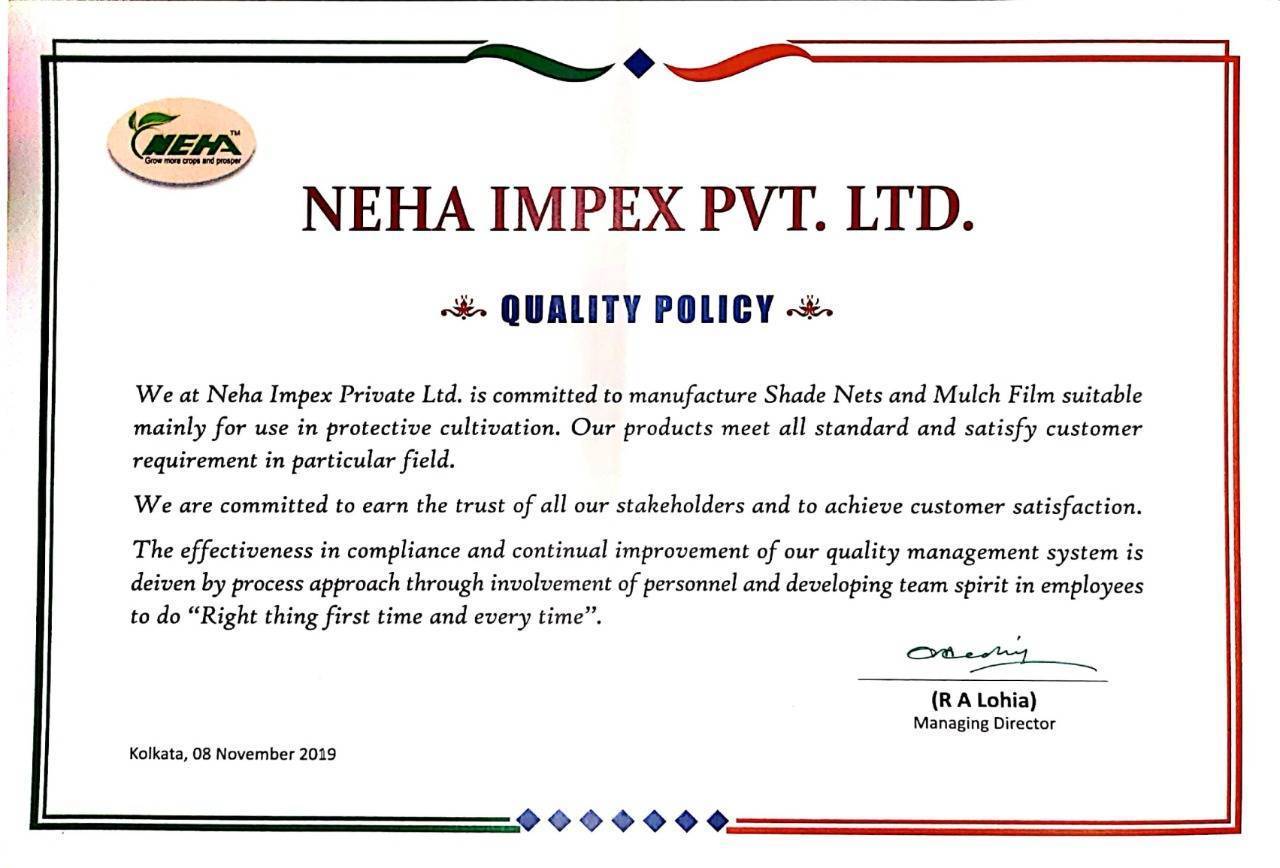
How To Use Mulch Film Without Compromising Your Soil Health
Modern agriculture and gardening wouldn't be the same without mulch film - an apparent must-have for every gardener. It retains moisture and suppresses weeds, but it can harm the soil's health in the long run if used improperly. A better understanding of how to use these films responsibly may help you enjoy its benefits while preserving the long-term fertility and structure of your soil.
In this blog, we will cover what mulch film is, its benefits, the potential risks it poses to soil, and best practices to keep your soil healthy while using it.
What Is Mulch Film?
Mulch film is essentially a plastic or biodegradable cover laid above the soil surface to ensure a favourable climate for cultivation. This technique is applied universally in both commercial farming and home gardening with the objectives of;
- Water conservation in the soil
- Reduction of weed growth
- Regulation of soil temperature
- Enhanced crop growth as there will be limited pests
These mulch films differ depending on the materials used, starting from the traditional form that uses renewable polyethene (PE) plastics and biodegradable mulch films.
Benefits Of Using Mulch Film For Soil And Plant Health
It has numerous benefits if mulch film is applied properly.
a) Water Conservancy:
It conserves water because the evaporation process is limited while retaining moisture in the soil. This is especially helpful where water resources are scarce.
b) Temperature Regulation:
These films regulate the soil temperature so that when it is cold, the soil is warm, and when it is hot, the soil cools down. This eliminates any fluctuation in the soil conditions that may trigger inconsistent growth of plants.
c) Weeds Control:
The film stops the germination of weed seeds because they cannot sense sunlight. Lower weed density reduces competition for scarce nutrient supply among plants.
d) Soil Enrichment:
Organic mulching films made with biodegradable materials, will break down with time, incorporating organic matter into the soil, thereby enriching it and supporting microbial health.
Risks Of Mulch Film To Soil Health
i) Soil Compaction:
Long-term application of non-breathable plastic mulch film usually suppresses the movement of air in the soil, eventually leading to compaction. Here, it impacts the supply of oxygen to plant roots and reduces the development of new roots.
ii) Heat Stress:
Mulch films that are dark-coloured result in a colossal increase in soil temperature, which damages the roots of growing plants as well as kills all the beneficial microbes in the soil.
iii) Soil Pollution:
Non-biodegradable plastic mulch can degrade to micro-plastic, which could be trapped in soil and interact with soil organisms in harmful ways.
iv) Nutrient Depletion:
It causes full cover of the soil completely in its operation. It limits all the natural exchanges that could have occurred between it and the surrounding environment for nutrients. This can, therefore lead to depletion of soil nutrients if not managed with additional fertilization or composting.
v) Waterlogging:
Without drainage, the presence of a mulch film would mean that water will collect around the roots. This can easily lead to root rot and the growth of fungi.
Best Practices For Using Mulch Film Without Compromising Soil Health
Apply mulch film effectively and safely for the sake of your soil by doing the following;
1. Choose The Proper Type of Mulch Film
- Biodegradable Mulch Films: Good alternative to conventional plastic films, they are decomposed and prevent microplastic contamination.
- Light-Coloured or Reflective Films: If you are to garden in hot conditions, then you can use white or reflective mulch film to keep the soil temperatures cooler.
2. Use Should Not be Prolonged in One Area
- Mulch film use should be diversified across different plots in one season. This allows the soil to recover and allows its aeration; hence there are decreased chances of soil compaction and nutrient washout.
3. Ensure Adequate aeration of the Soil
- Even with mulch film, ensure that there is aeration in the soil at least once a year. Loosen the soil around the plant bases, or, with a garden fork, gently turn up the top layer of soil.
4. Control Water Build-up
- Always seek water accumulation, especially on layers covered by non-porous films. Waterlogging can be avoided by the installation of small drainage holes or drip irrigation, where water is given accuracy directly to the roots of the plant without excess accumulation.
5. Compost Amendment
- Maintain your soil fertility through compost or organic fertilizers every once in a while. Such compost amendment will counteract the nutrient depletion, which may result from the long use of mulch films.
6. Use Mulch Film Seasonally
- Best mulch film removal is carried out in off-seasons where the winters are mild. This allows soil breathing and renewal as well as removal of risks from excessive temperature in the root zone during spring and summer seasons.
Additional Tips For Long-Term Soil Health
Mulch film becomes effective when you integrate it with sustainable soil management practices. For example, you can easily adopt crop rotation and cover cropping, along with periodically analyzing the nutrient content. These will ensure the healthiness of the soil in the long-term benefit and help maximize your use of these film without adverse soil impacts.
Mulch film from us at Neha Mulch Films can be an enormously supportive tool for crop yield growth and resource conservation in agriculture and gardening. But any tool benefits only when used thoughtfully and attentively to soil health. With careful selection of the right type of mulch film and sustainable management of your soil by monitoring, you will enjoy the main advantages of these film without compromising the long-term vitality of your soil.

